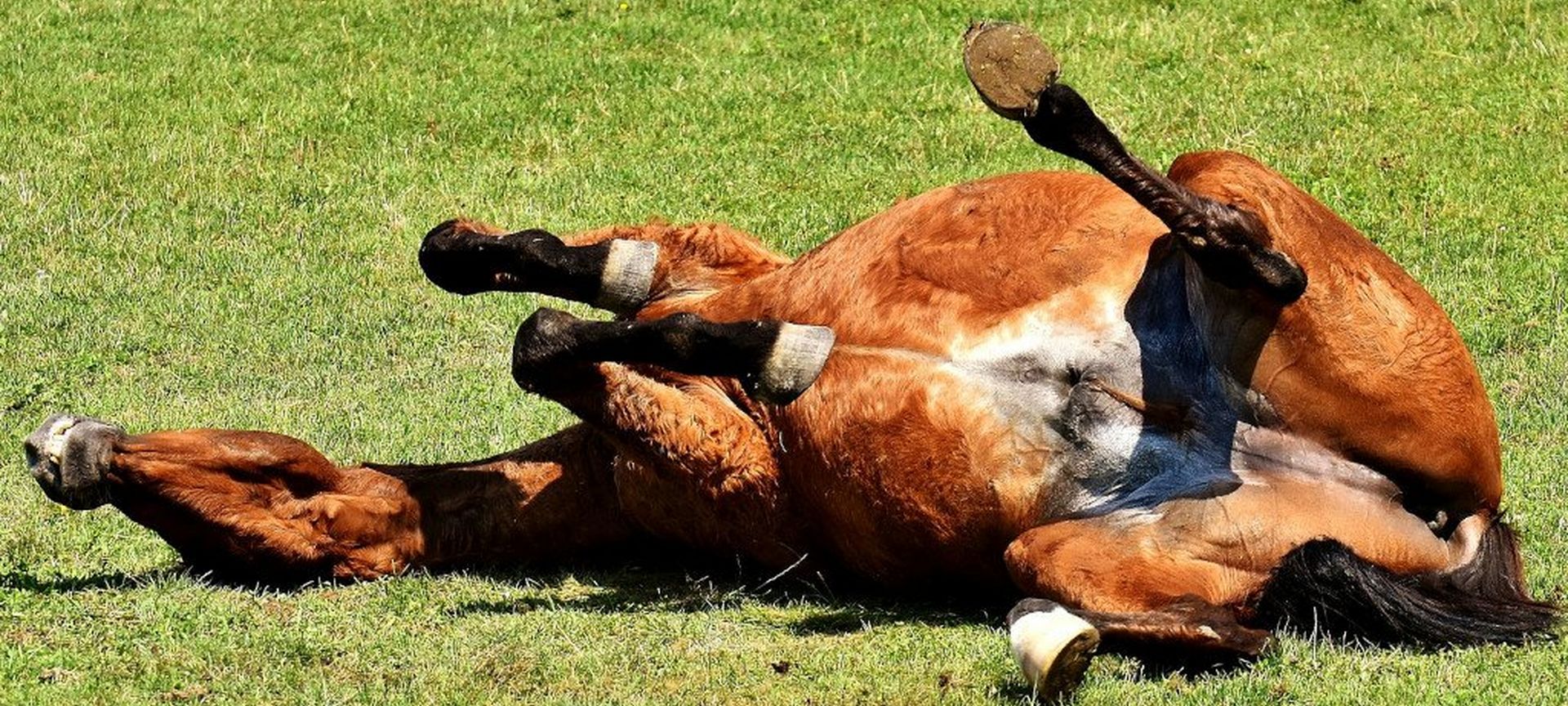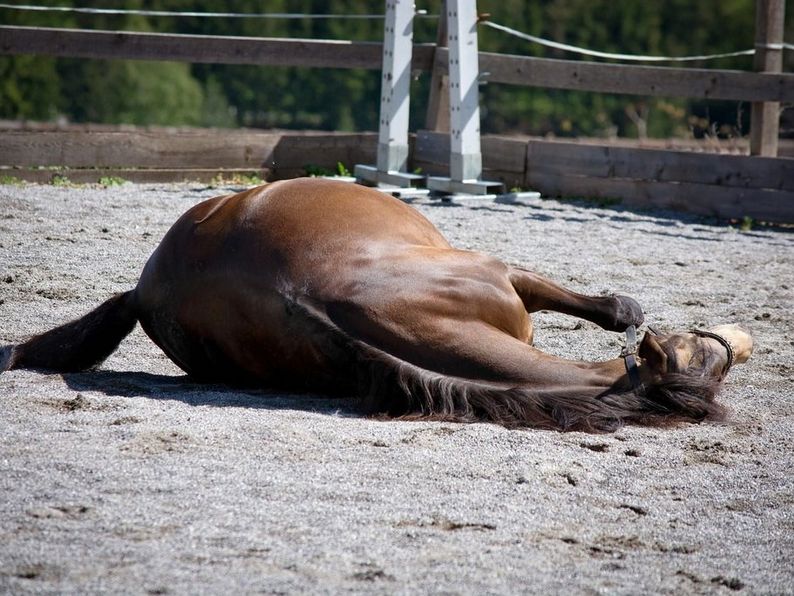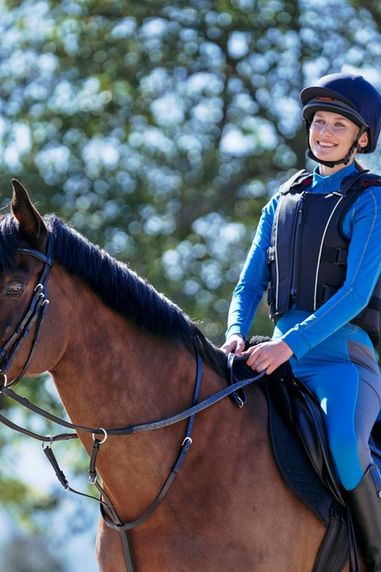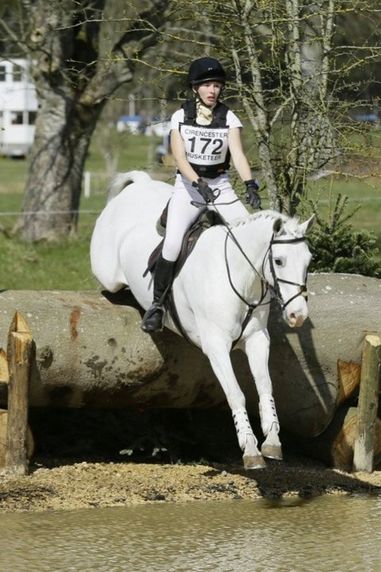
The most common equine veterinary emergency, there's around nine cases of colic per hundred horses. It's also one of the most common causes of surgery and even death, so it's no surprise that it's something that we all dread facing. Generally speaking, the prognosis varies dependent upon your horse's overall health, the type and cause of colic, and how quickly veterinary treatment is received. With this in mind, it’s really important that we all understand what we can do to prevent colic, and although we hope you never need it, the knowledge of what symptoms to look out for. Keep reading for more information.
What is colic?

We’ve all heard of colic at some point or another, but what is it? If you’ve never experienced a horse with it before, you may well be under the impression that all cases are the same. However, this simply isn’t true. Colic is a pretty all-encompassing term, which essentially means that our horse is experiencing abdominal pain (a stomach ache to you and I). In reality, there are over 70 different intestinal issues that can cause our horses to display symptoms, resulting in a number of different types of colic.
Types & Causes
Tympanitic Colic
This is also known as gas or wind colic. Tympanitic colic is caused by the over production of gas, this builds up, distending the gut and resulting in abdominal pain. This can be triggered by the fermentation of grain in the stomach or by consumption of overly rich grass.
Spasmodic Colic
Generally accepted as the most common form, spasmodic colic is as the name suggests, spasming that leads to increased intestinal contractions. This is frequently seen in younger horses, caused by migrating worm larvae. That being said, it can also be brought on by a lack of sodium and chlorine, seen in overexerted or dehydrated horses.
Obstructive Colic
One of the most dangerous types, this is where the stomach, small or large intestine becomes obstructed. This causes the release of toxins into the body, resulting in shock. Common culprits for creating blockages include excessively dry food matter (like unsoaked sugar beet), ingestion of sand, tumours and twists. This generally requires surgery.
Impaction Colic
This is essentially an impaction that builds up in the intestines, this is usually food matter, but can also be caused by consuming a foreign object. This results in a lack of appetite and difficulty passing faeces. It’s thought that this is more common during the winter months when our horses are stabled. It can sometimes be traced back to a sudden change in diet, poor quality forage or spending prolonged periods stood still. In most cases this mass can be softened and passed without surgery.
What are the symptoms of colic?
The symptoms of colic vary hugely, dependant upon both the type and the severity. The following can all be signs for concern:
- Anxiousness
- Pawing the ground
- Watching the flanks
- Restlessness
- Laying Down
- Rolling
- Lack of appetite
- Stretched out stance
- Sweating
- Rapid breathing
- High temperature
- Fast pulse
- Failure to pass faeces
What should I do if my horse has colic?
If your horse is showing any of the symptoms above, call your vet immediately. At this point, you may receive advice on how to keep your horse comfortable while you’re waiting. Generally, the most important thing is to stay calm. Where possible and advised, keep your horse up on their feet and moving. In some cases, walking them around in hand will be suggested. It's best to do this on a lunge line in case your horse does go down to roll. We'd also recommend removing any food from their stable to stop them eating.
Can colic be prevented?
More often than not, it is preventable. Here’s a few measures you can take to help keep your horse happy and healthy:
- Avoid mouldy forage or feed.
- Check your horses feed and forage for foreign objects.
- Reduce the levels of starch and cereals in their diet.
- Make any changes to their diet gradually to allow them time to adapt.
- Feed fibre first.
- Avoid long periods of starvation.
- Feed small meals but often.
- Avoid pastures with sandy soil.
- Limit turnout on lush grass.
- Ensure your horse is drinking plenty.
- Soak drier feeds such as mashes, pellets, cubes and chaff.
- Stick to a regular worming programme.
- Ensure your horse’s teeth are checked at least once a year.
- Use toys to keep your horse moving around when stabled.




